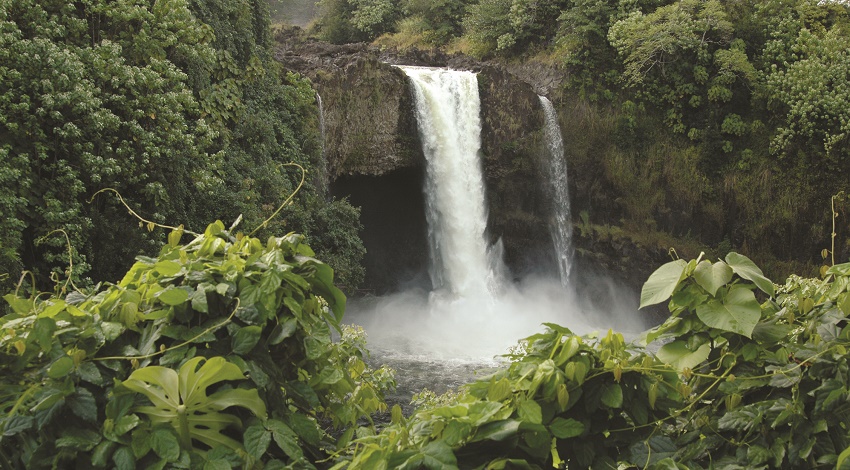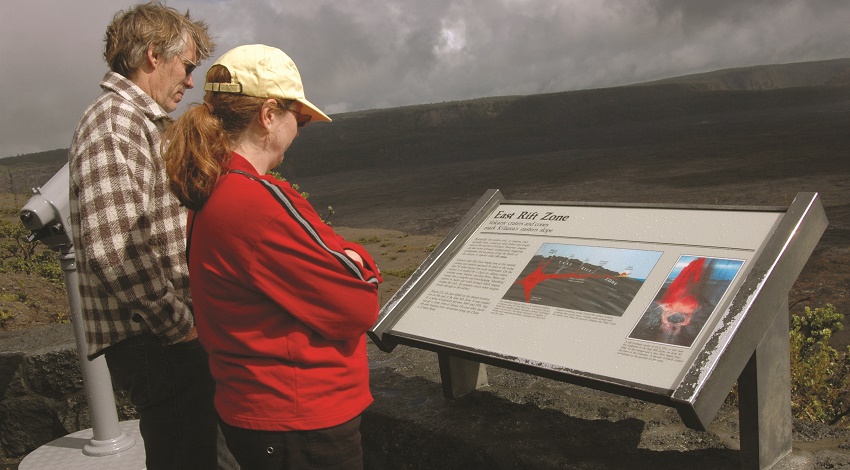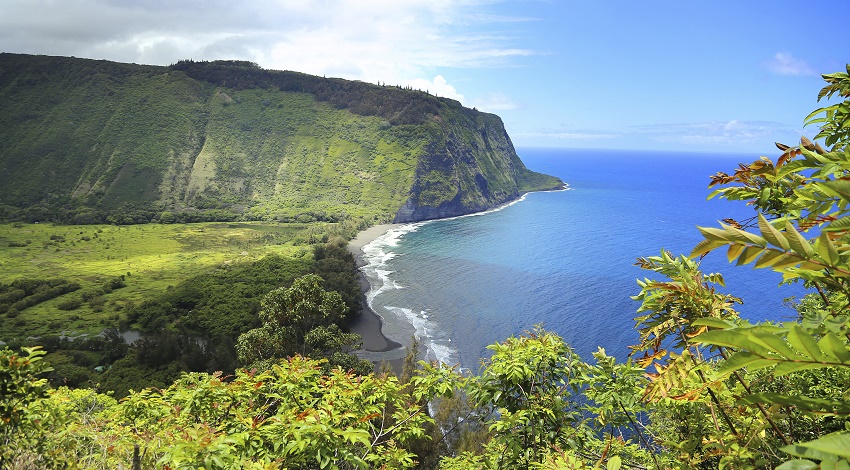After the Fires: Returning to Hawai’i and the Spirit of Aloha
On August 8, 2023, wildfires devastated the Hawaiian island of Maui, raging through West Maui, including the historic town of Lahaina — once the capital of the Hawaiian kingdom. Fanned by hurricane winds, the result was overwhelming, engulfing more than 2,000 acres, more than 2,000 structures and displacing nearly 7,000 people.
Considered one of the deadliest wildfires in U.S. history, it was no surprise that those with plans to visit Hawai’i were asked to alter their arrangements. Given how reliant Hawai’i is on its visitors, it was another devastating, if necessary, measure.
However, such a profound and sudden drop in visitation is also devastating for livelihoods and the Hawaiian economy. Three million visitors arrive on Maui every year, approximately 8,000 a day. Since the fires, that number has dropped to around 2,000 per day. Now, two months into recovery efforts, Hawai’i is welcoming visitors back, asking only that they arrive respectfully, carrying with them patience, grace and compassion.

While it may feel insensitive to enjoy Hawai’i in the midst of recovery, to visit now means critical support for businesses and residents. Shopping locally, supporting local businesses and respecting the people and places lost to the tragedy are all mindful ways to support the state and its residents. Visitor revenue not only ensures jobs, but generates taxes that fund roads, schools and public spaces.
Beyond making a difference, motivation to experience Hawai’i is not hard to come by. Rainforests, black sand beaches, state and national parks, diverse ecosystems, wildlife and incredible landscapes are only a few of the reasons to love Hawai’i. Geological history, cultural experiences, cuisine, language and heritage sites are a few others. Indeed, learning about the indigenous communities and cultures that shaped the islands leads to a deeper appreciation for both this place and its people.

But perhaps above all else, it’s the spirit of Aloha that makes a journey to Hawai’i so impactful. While used as an expression of meeting or parting, Aloha also represents a profound philosophical way of life for Hawaiians. It speaks to the altruism, unity, compassion and respect Hawaiians and locals have for everything around them, from nature to culture, heritage to community. This generous, resonating relationship to land and spirit is what makes a Hawaiian journey so affecting.
“Everyone here has been touched by the tragedy,” says Andrew Lockwood, CEO and President of the Pacific Islands Institute, a Road Scholar Program Provider for nearly 35 years, “and respectful travel is one way to help Maui rebuild.”
Since our Road Scholar programs focus on experiencing Hawai’i — its rich culture, history and important sites, cuisine, arts and natural beauty, and especially its people, “Road Scholar participants are the type of visitors that Maui needs and wants as it reopens,” Andrew explains, “understanding, concerned, and thoughtfully curious travelers who care about the places they visit. While we know that it will be a gradual, slow recovery for Maui, Road Scholar programs can help retain jobs and bring much-needed income directly to residents.

In the spirit of Aloha, now is truly an impactful time to visit Hawai’i, bringing hope for recovery, economic regrowth and an optimism that there will be a return to a “new” normalcy in the future for the island community.
At Road Scholar, we are doing everything we can to support Hawai’i and to travel responsibly, honoring the beauty and resilience of Maui. For Road Scholars considering Hawai’i, know that while our current programs on Maui mostly take place on the east side of the island, accommodations are located in West Maui where participants can more directly help those residents retain their jobs, support their families and keep their homes. All Hawaiian islands are currently open and welcoming visitors, and travel restrictions to most of Maui, except Lahaina and limited nearby areas, have been lifted.
To join Road Scholar and explore the wonders and spirit of Hawai’i, see our full collection of learning adventures in the Aloha State here.

